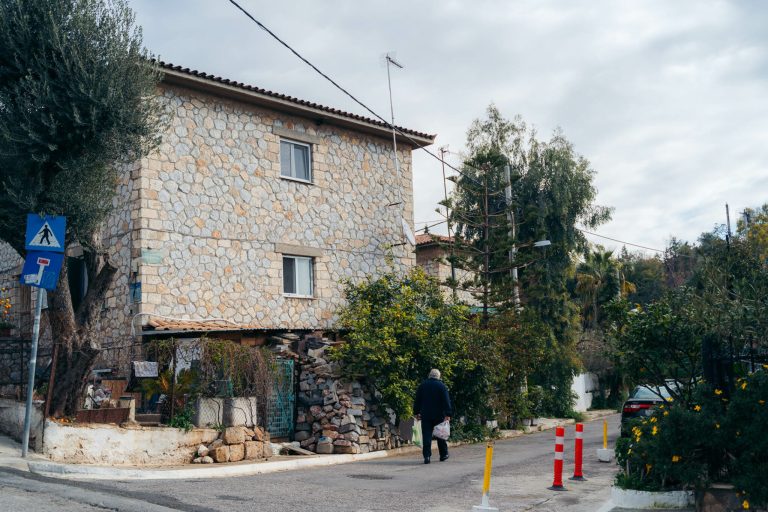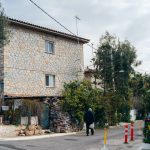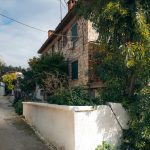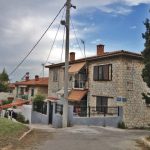
You are using the Free Edition of AthensAPP. For extensive information on Athens, GO PRIME with our comprehensive Greek Travel App featuring the full edition of Athens and 25 Greek islands.
By: Javier Muñoz
Petralona is, no doubt, one of the coolest and trendiest neighborhoods in Athens, and you can find hundreds of recommendations about where to go and what to do there, but what would you think if I told you that in its heart you can find a sub-neighbourhood with houses made of stone, narrow streets and an unexpected quietness?
The path our Spotter Javier proposes is not just beautiful and picturesque but it’s also part of the Athenian Contemporary History. This is a historical and hidden district where life goes on in slow motion.
Petralona (coming from the Greek word Pétrina Alonia –meaning “stone threshing floors“–) is, no doubt, one of the coolest and trendiest neighbourhoods in Athens, and you can find hundreds of recommendations about where to go and what to do there, but what would you think if I told you that in its heart you can find an area –allow me to call it a sub-neighbourhood– with houses made of stone, narrow streets and an unexpected quietness? Here’s a bit of the deepest villages of Greece located in the centre of Athens.
The path I propose here is not just beautiful and picturesque but it’s also part of the Athenian Contemporary History. Let me try to give you some clues about it.
For a long time there was an Army Naval Observatory at the Filopappou Hill. Old chronicles talk about a huge and beautiful building where Naval Soldiers were also receiving training. In the early ’50s it was moved to Pireas and the building was destroyed. According to history, it was Queen Frederica the one that proposed that those stones should be used to build houses for the families that moved to Athens in order to work in the old gas factory very close by (check the article by fellow Spotter Sofia).
This is a historical and hidden district where life goes on in slow motion.
_________________
HISTORY
IN 1923, OVER A MILLION Greeks living in Turkey were expelled in the Great Population Exchange. Among these were over 800 refugee families from Attaleia and Alasia who settled in the Petralona district of Athens. The area they selected was formerly the Konstanellos Quarry, and the refugees used a variety of used and discarded building materials to turn the old quarry into a makeshift settlement. Many of the refugees found work at the nearby gaslight factory and their settlement soon became known as Attaliotika, or “Little Attaleia.”
During the Greek Civil War, significant damage was inflicted on the settlement and the nearby Greek Naval War School. From that point forward, refugees lived in even worse conditions until the early 1950s when Queen Frederica of Greece took note of the situation and created a “Royal Welfare Fund.” This fund was established to build 150 houses to replace the makeshift settlement. Her plan was to build these houses with the elaborate, dressed stones from the ruins of the Greek Naval War School.
Queen Fredericka’s fundraising efforts were successful, the stone houses were quickly built, refugees took up residence, and the area became known as “Stones of Frederika.” Over the decades, most of the refugees moved out of the area, however, several families from the original settlers remain as do many of the original stone houses.
The area is also referred to as “Ta Petrina,” which translates to “buildings made of stone.”







